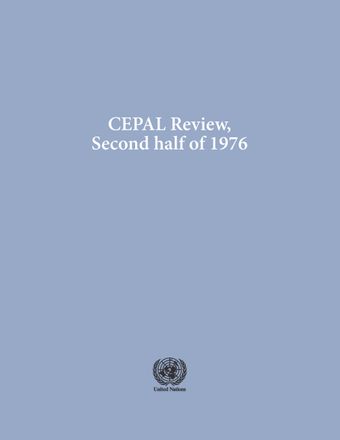-
The revolt of the bankers in the international economy: A world without a monetary system
- Source: CEPAL Review, Volume 1976, Issue 2, Jan 1976, p. 93 - 118
- Spanish
-
- 06 Jan 1976
Abstract
This article gives a brief overview of the post-war international m onetary system and its main characteristics, w ith special em phasis on the aspects which subsequently created difficulties. It shows how the system developed and identifies the events which led to the international m onetary crisis at the beginning of the 1970s. It describes the exchange arrangem ents w hich arose as a consequence o f the crisis and analyses the conditions in which such arrangem ents can be effective, the developing countries’ possibilities of using them, and the effects on those countries and on the dem and for international liquidity by the public and private sectors. With regard to this latter aspect, it stresses the increase in the private sector’s intervention role in the exchange m arkets and the influence of this increase on the international generation and transm ission of disequilibria. It then goes on to the attem p ts to reform the m onetary system and the am endm ents to the Articles of Agreement of the International M onetary Fund and their effects on the developing countries.





